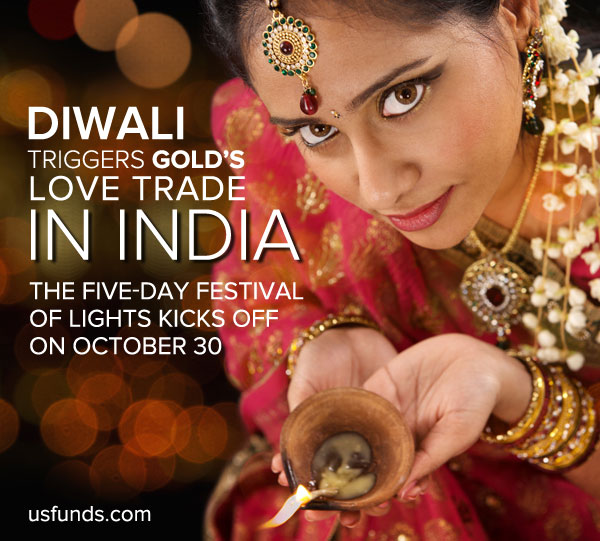A few weeks ago, I shared with you what I brought home from my trip to Toronto, Vancouver, and New York City, where I had met with gold fund analysts. The current gold bull run began in January, but as I told you, the general retail investors weren’t buying then. The only people buying that early were quants and huge hedge funds. The question, then, was: What factors or models were the quants using to uncover gold’s meteoric rise this year?

One of the factors they were looking at, I learned, was low SG&A-to-revenue. “SG&A” stands for “selling, general and administrative expenses” and refers to the daily operational costs of running a company that are not related to making a product. It includes everything from shipping fees to salaries to utilities. SG&A-to-revenue is an unusual factor, not typically used among analysts and fund managers, so we were curious to apply it.
Using this information, we looked just at the first quarter to find the mining companies that spent the least amount of money on these daily operations relative to revenue. Mining companies, after all, have had trouble with expense discipline.
What we discovered was nothing short of astonishing. All combined, the top 10 gold companies for the quarter—led by South Africa-based Harmony Gold—returned a spectacular 88 percent. That’s almost double what the Market Vectors Gold Miners ETF (GDX) returned over the same period (45.5 percent).

As early as January, the drivers were in place to fuel gold’s best first half of the year since 1974. The yellow metal is now in position to have its best year overall since 2010 when it rose 29.5 percent.
Upcoming Festivals Could Activate Love Trade
I talk a lot about the differences between gold’s Fear Trade and Love Trade. Loyal readers know that the Fear Trade is associated with negative real interest rates and excessive money supply, which triggers an imbalance of monetary and fiscal policies and macroeconomic uncertainty. Historically, investors in the U.S., Japan, Germany and the U.K. have been the main drivers of the global Fear Trade.
The Love Trade, on the other hand, is all about gold’s powerful allure and its timeless role as a gift without peer. It has two significant benefits: one, as beautiful gold jewelry to be worn, and two, as financial security. Although gold jewelry is often given as a special gift in Western countries, it pales in comparison to what takes place in China and India, or “Chindia”—home to about 40 percent of the world’s population, and the two largest gold importers.













Leave A Comment